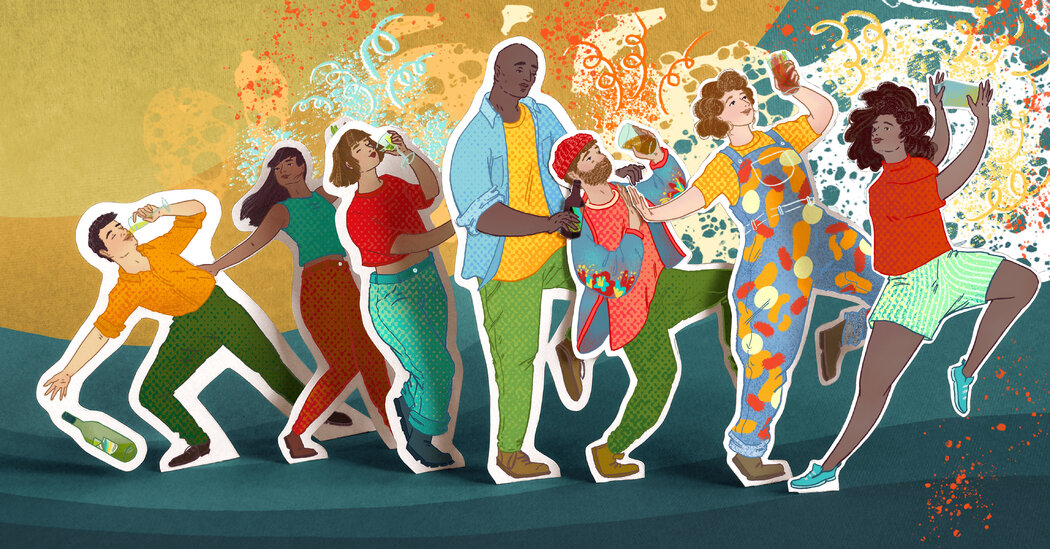
But as Mr. McMillan of Silicon Valley Bank points out, millennials have less disposable income than their parents and more economic fears. They are often burdened by student debt, have fewer middle-class job opportunities and cannot assume they will ever be able to afford real estate.
That’s a primary reason that millennials have gravitated to beer and spirits rather than wine. The difference between a mass-market brew and a world-class beer is just a few dollars. A really good cocktail at a restaurant might cost the same as a glass of mediocre wine.
By comparison, good wine is more expensive than beer or spirits of comparable quality, and benchmark wines are often shockingly expensive. Partly, this is because wine costs far more today, relatively speaking, than it did in the 1980s and ’90s, as Mr. McMillan acknowledges.
“Premium wine was far less expensive in the mid-90s, even on an inflation-adjusted basis,” he said.
At the same time, sales of the least expensive wines, those under $9 a bottle, have been shrinking, while sales of wine priced above $15 have been rising. The industry calls this move toward more expensive bottles “premiumization.” Although the state-of-the-industry report focuses on the United States, this phenomenon has occurred all over the world as people choose to drink less wine but of better quality.
These are structural issues, but Mr. McMillan also noted the shortcomings of the wine industry in appealing to younger consumers. First, it has failed to recognize the changing demographics that millennials represent.
“While only 28 percent of the boomer population is nonwhite, 45 percent of the millennial population — and almost half of Gen Z — is nonwhite,” he said.
Without question, the wine industry has been slow to adapt. After the murder of George Floyd in May 2020 and the racial reckoning that followed, the wine industry, or rather a small part of it, began to make some effort to diversify its appeal and its work force. But the experiences of Black wine professionals and Black consumers show how far the industry has to go to make it a more welcoming, inclusive place.




